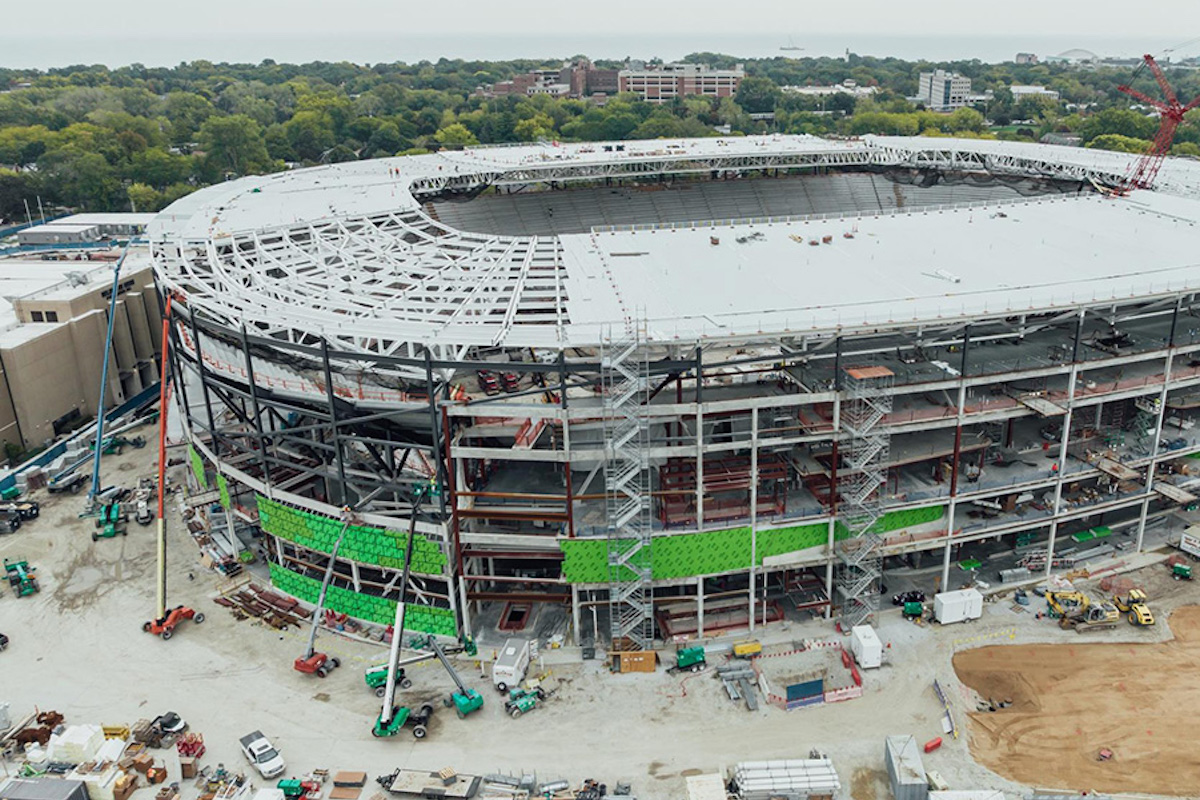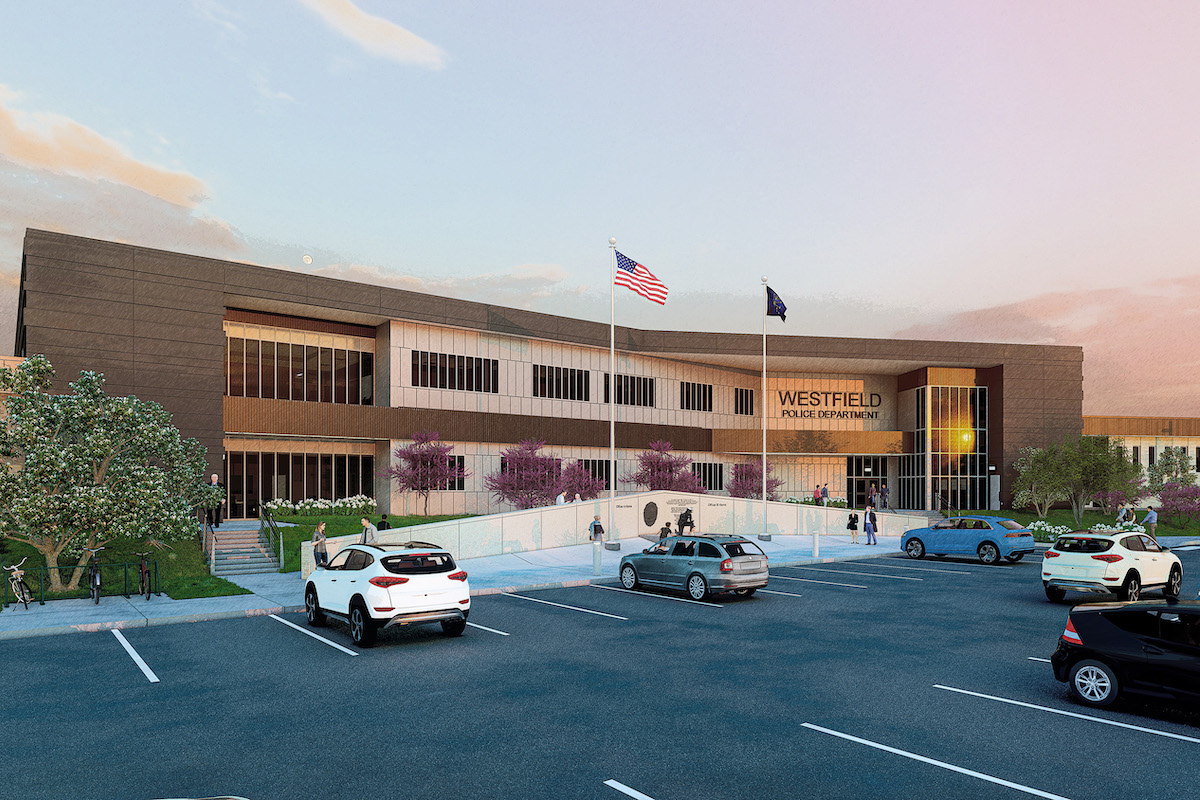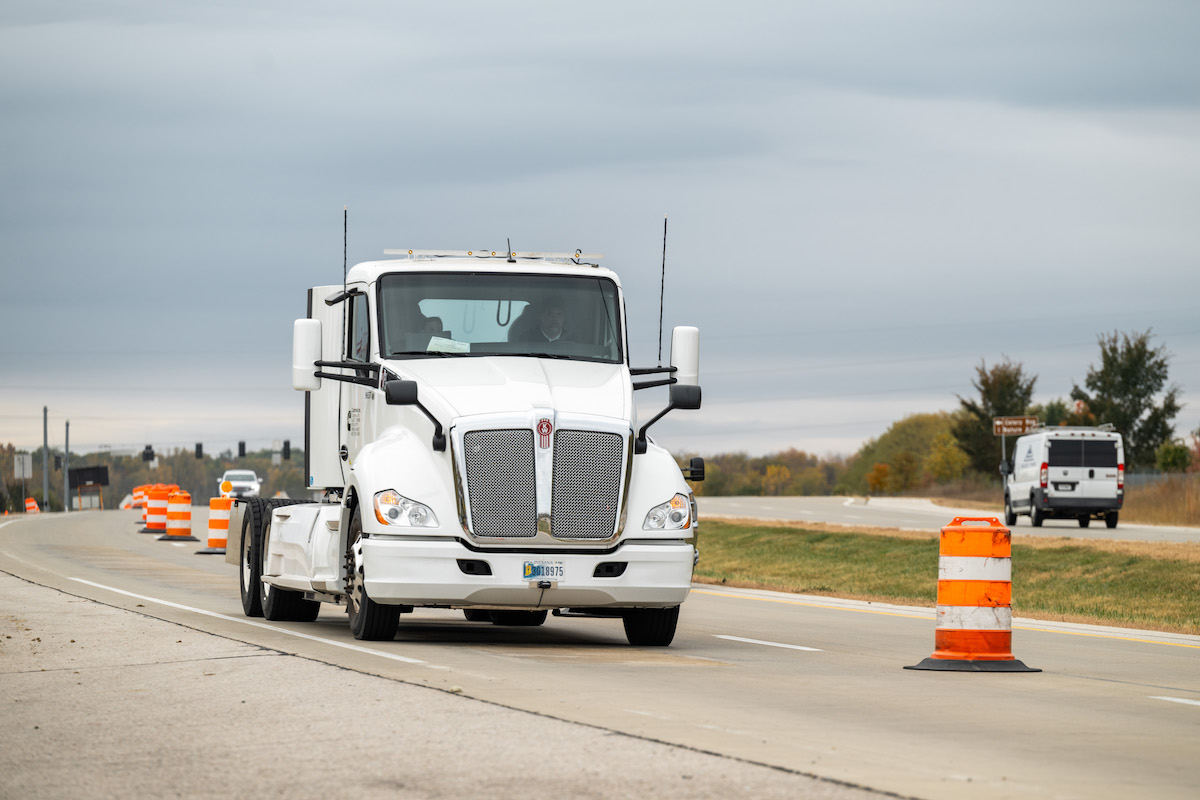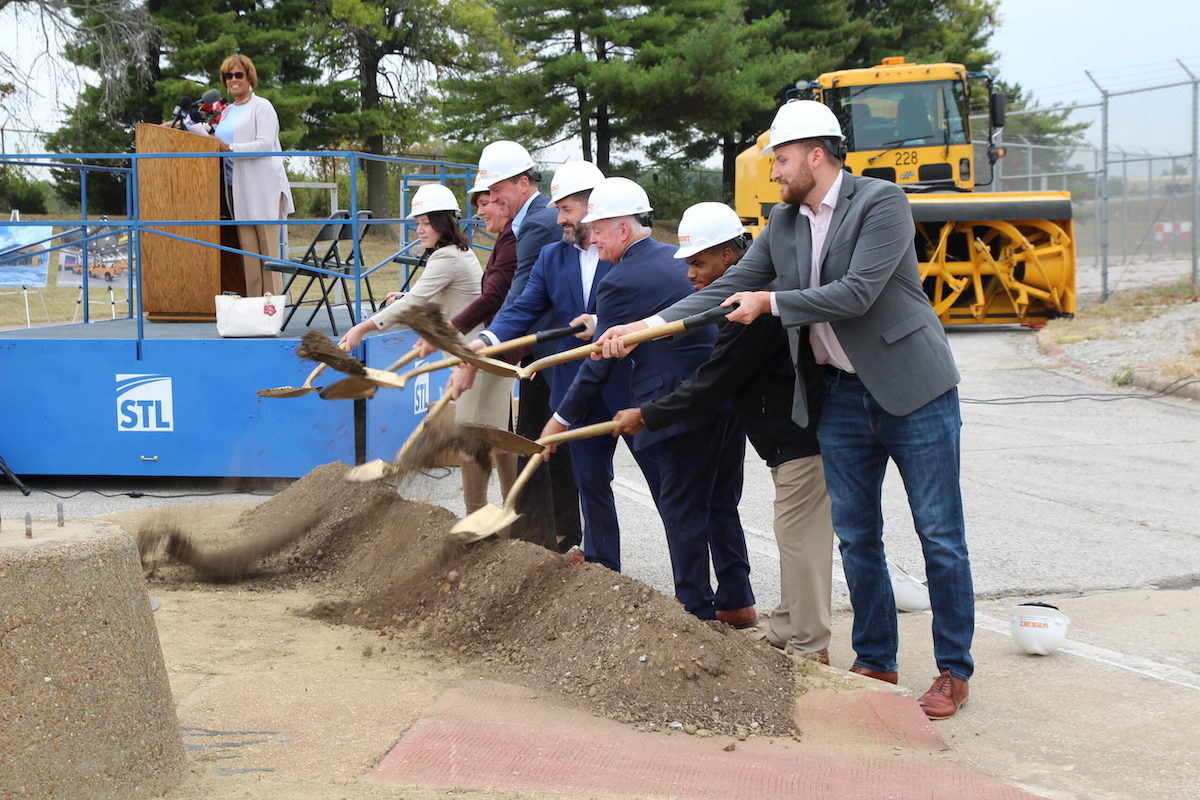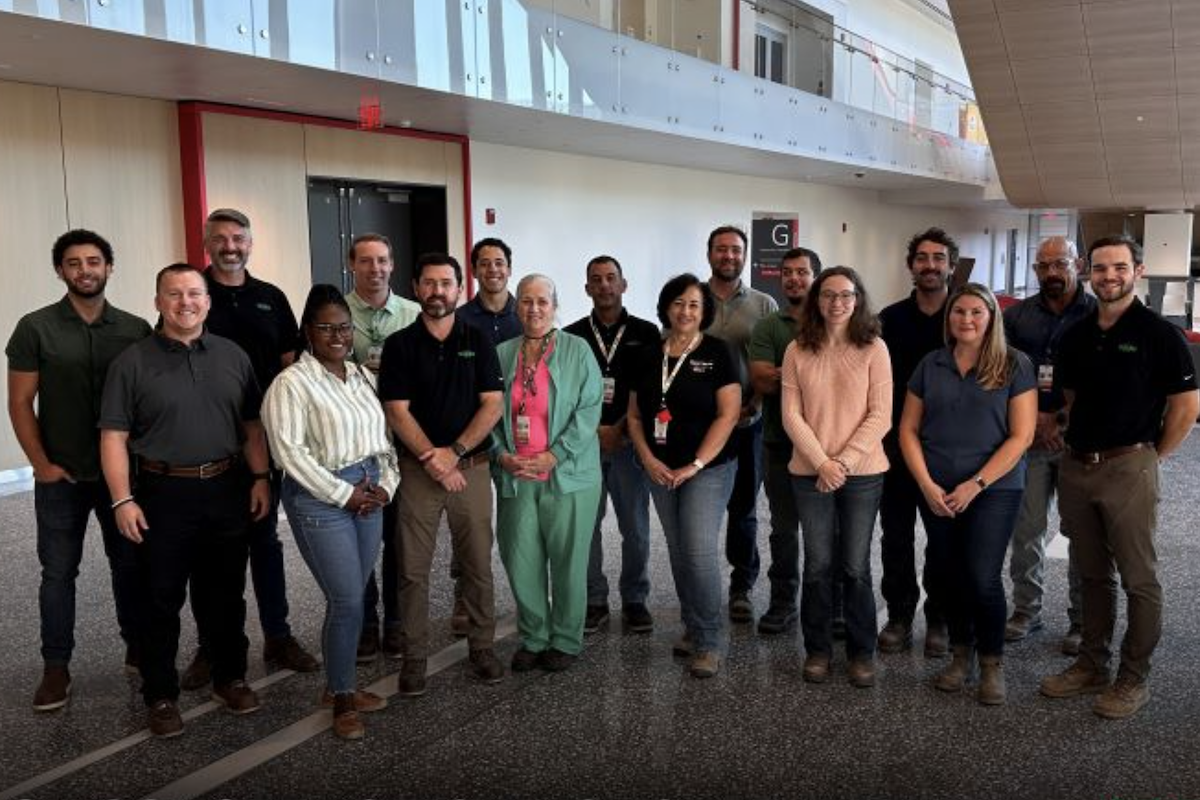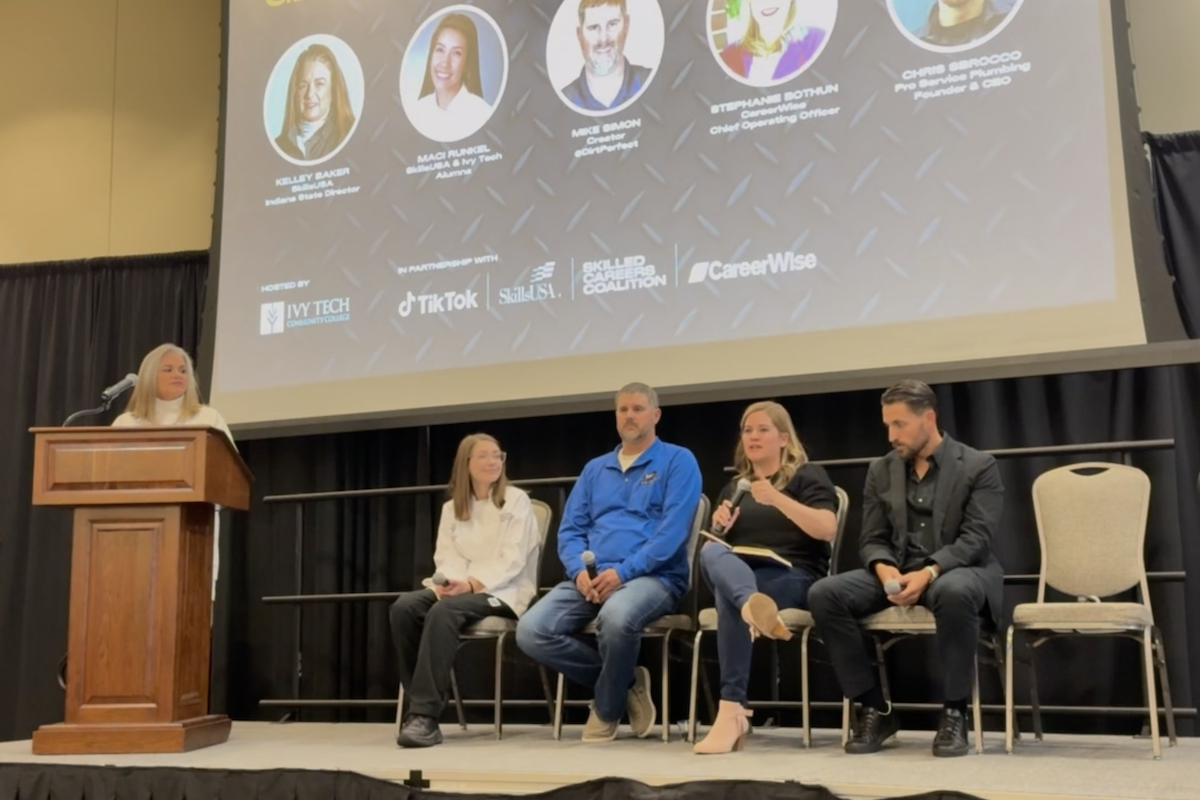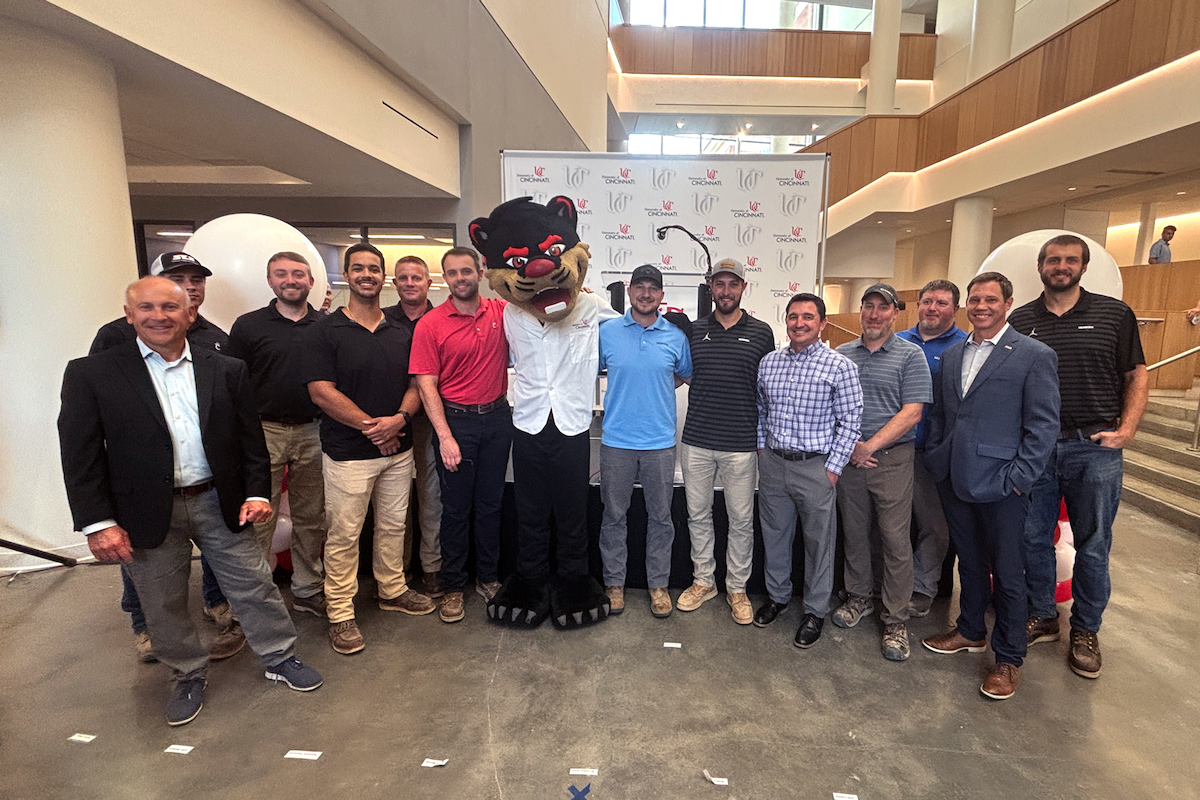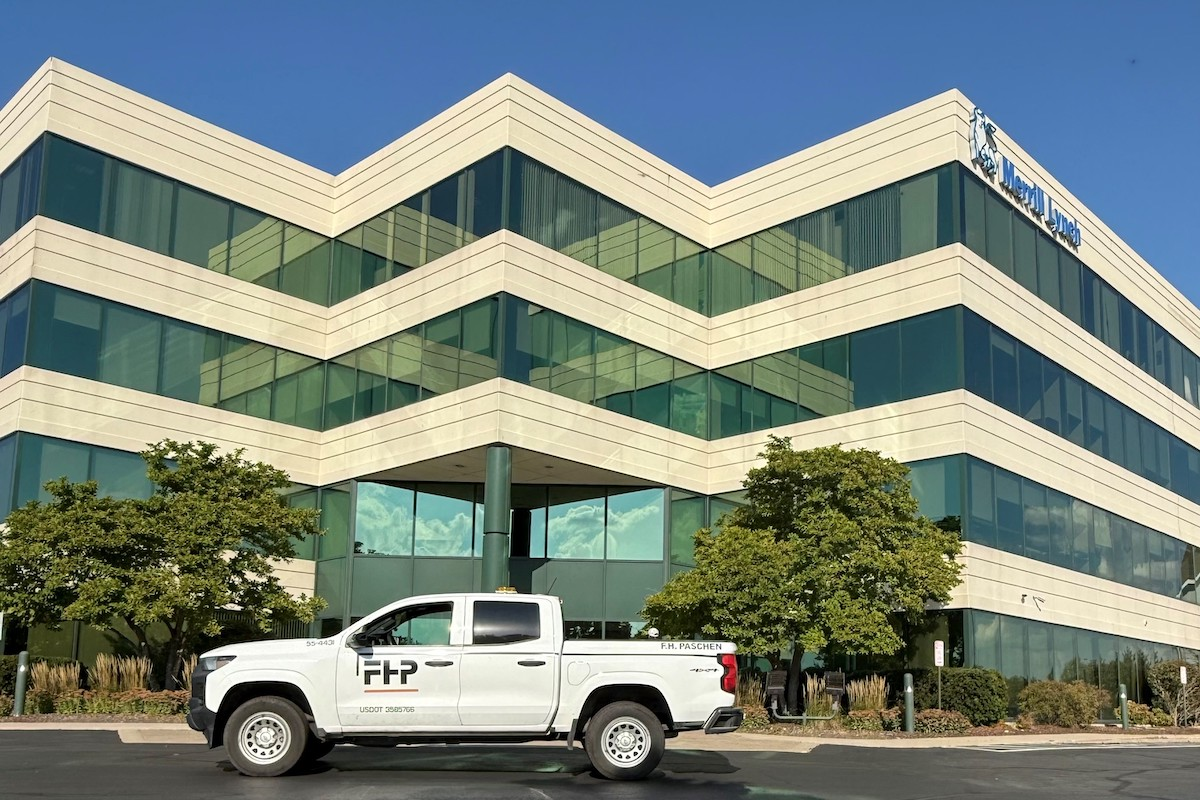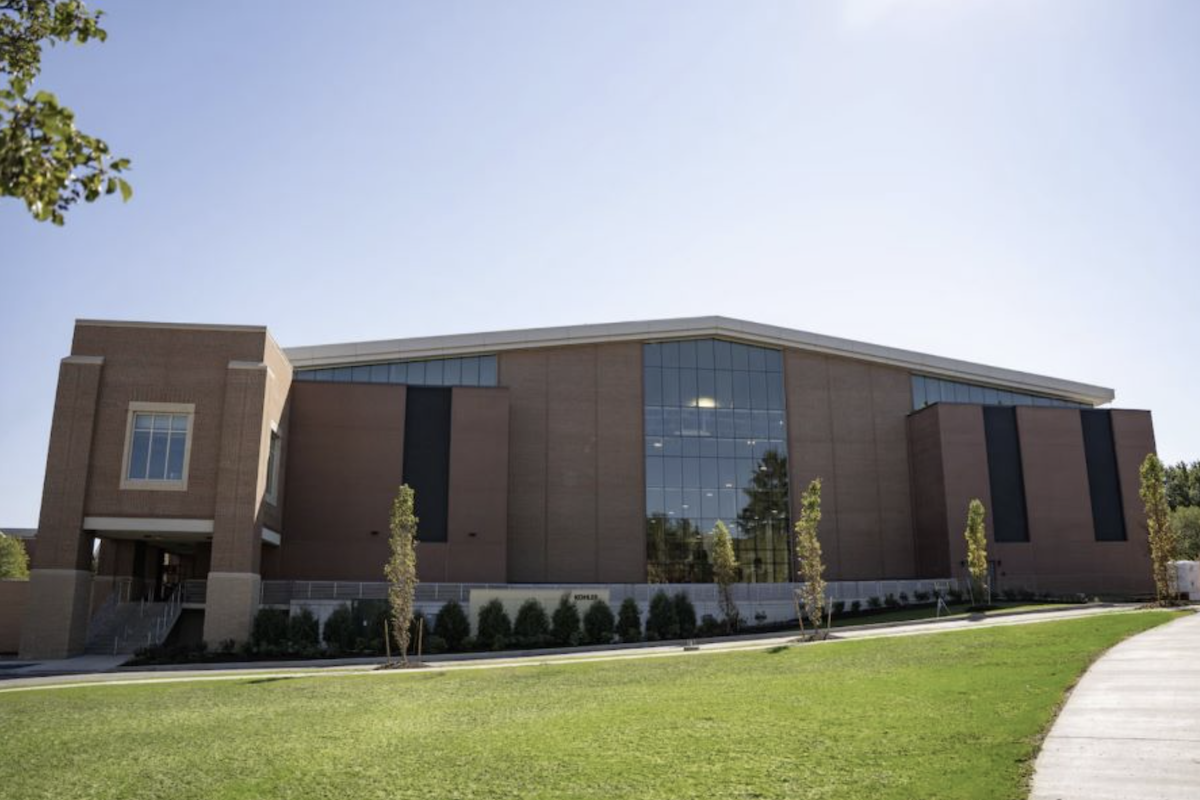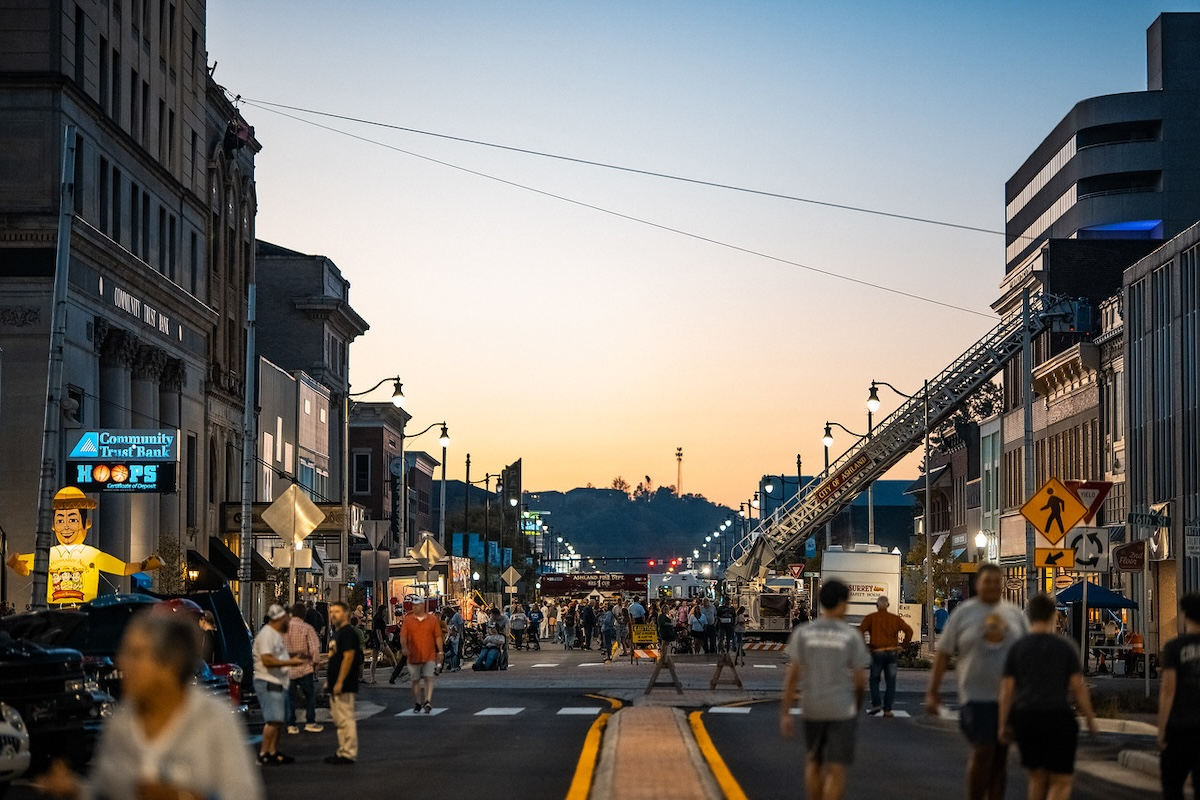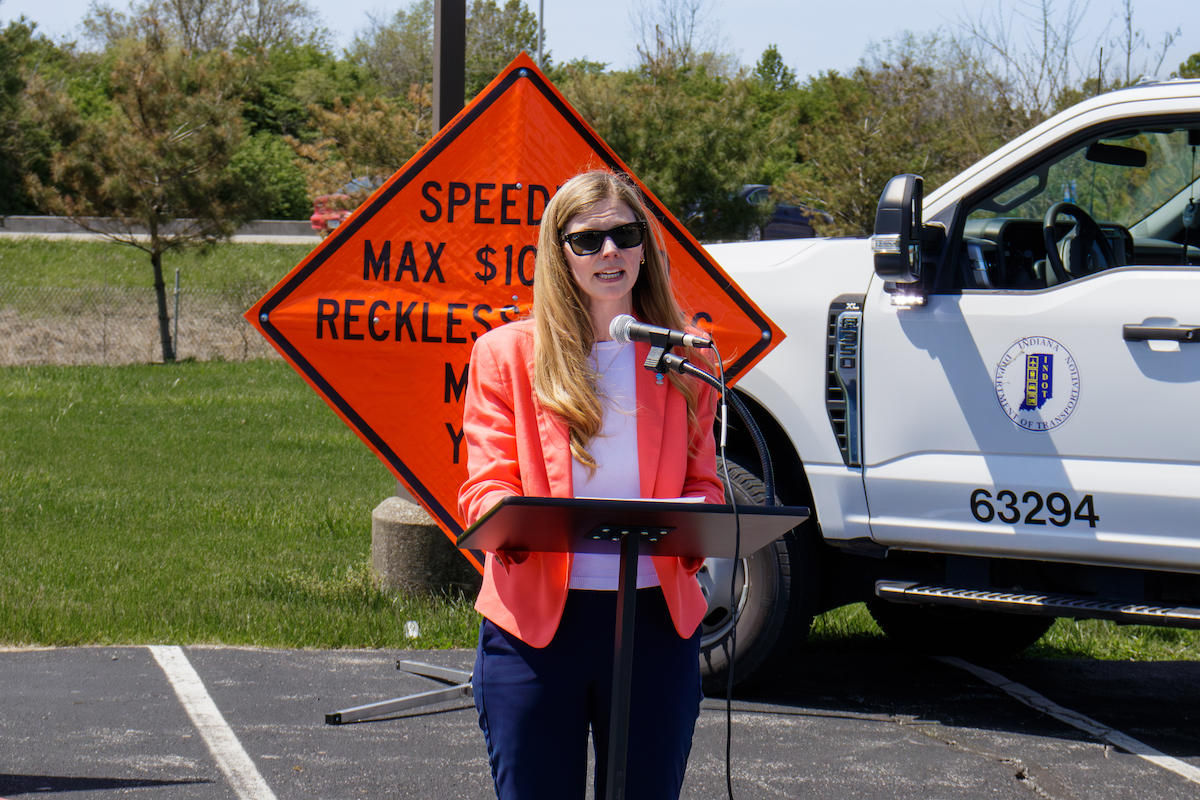The city of Willmar got involved because its airport is being relocated and the old one is being turned into an industrial park. The new track being put into place provides a spur into the park. MnDOT is involved because the railroad is going to cross two highways, U.S. 12 and Highway 40.
“If the track would have been left on its current alignment, a lengthy bridge and retaining walls would have had to be installed making it less cost effective than the new alignment,” said Paul Rasmussen, an MnDOT District 8 Resident Engineer, who is serving as the project manager on the Willmar project. Rasmussen has been on the project since its early days and handled the environmental documents, hired consultants, got the project to letting, and now leads construction on MnDOT’s behalf. While the project began in 2013, it got new momentum in 2015 when it received a $10 million TIGER Grant from the U.S. Department of Transportation.
Currently, it’s a 2- to 4-hour process to get trains turned around in the yard. This time-consuming process is particularly impactful due to the significant activity in the area. Consider, rail shipments of oil have grown sharply in the area and there are no sufficient pipelines as alternatives. The great activity on the rails has led to grain trains being frequently delayed.
The state identified the corridor as one in need of investment due to volume and capacity issues. And by easing this choke point in Willmar, the project will add much needed capacity in this portion of the rail network.

| Your local LeeBoy dealer |
|---|
| Brandeis Machinery |
“The trains will be able to make the turn in minutes and not hours which will take care of some of the congestion and allow BNSF to be more efficient,” said Rasmussen.
In addition to connecting the two stations, the project includes a rail spur that will provide access to the city of Willmar's industrial park.
Another aspect of the project involves realigning U.S. 12 for 1.5 miles and reconstructing 0.75 miles of MN Highway 40, including two new bridges. This is needed because the Morris subdivision – which runs parallel to the highway – is on the north side of U.S. 12 and Marshall is on its south side, so the railroad is going to cross the highway. It will also have to cross Highway 40.
Adding to this challenge is the soft soil in the area and there’s soft clay underneath. “Before creating the large fills, we put in 2 feet of sand with some instruments to manage deformation,” said Rasmussen. “We placed a spatial array in the 2-foot sand cushion, which measures the deformation in that soil layer, as well as several settlement plates throughout the embankments to measure the actual settlement at several levels.”
The team was very careful of how the instruments settled before getting into bridge construction. Rasmussen added that finding a material that works well in the soil conditions at the site was challenging.

| Your local Trimble Construction Division dealer |
|---|
| SITECH Indiana |
| SITECH Mid-South |
| SITECH Ohio |
The biggest challenge, however, according to Rasmussen is the concept of the public-private partnership. Standard operations for each partner had to be amended to work together symbiotically. This required the development of a master agreement partnership. It took two years to develop and sign the agreement, and there have been two amendments since the agreement went into place. Despite the agreement, coordinating and being on the same page is an effort.
Coordinating right of way was also difficult. MnDOT owned some right way – as did the city of Willmar – while BNSF, MnDOT, and Kandiyohi County purchased some. “We had to trade right of way back and forth to meet everyone’s needs,” said Rasmussen. There were three entities that bought right of way and four different recipients of right of way. “The various entities had different right of way processes.”
The Hoffman Construction Company and its team were selected to be the contractor after their proposal earned them the highest technical score and was the lowest bid.
Construction for the road portion of the project is expected to cost $34 million. Rasmussen notes there have been a few overruns, though only one was major, which arose due to the delay in awarding the contract. “We accelerated the schedule and had to pay the costs associated with that,” said Rasmussen.
“To speed up the process, the design was broken into smaller pieces, which allowed us to get started earlier,” said Rasmussen. “We also paid for extra personnel to be on site to move things ahead faster.”

| Your local Wacker Neuson Corp dealer |
|---|
| Burris Equipment |
Construction on the road began in the summer of 2019 and is expected to be complete this summer. The railway portion of the project is going to be let this spring, with work to start shortly thereafter. It’s expected that construction will take a year and a half. Pricing for this part of the project was originally estimated at $20 million.
Most of the funding will come from BNSF, MnDOT, and the federal government via the TIGER grant. However, the county, city, and a local road improvement program are also contributing to the financing.
“Whenever, we can avoid trains and car potentially coming together, there are safety benefits,” said Rasmussen.
Other benefits impact the environment. Trains will be idling less frequently leading to a reduction in pollution. Because the number of trains traversing through downtown Willmar will be lesser, drivers will experience less inconvenience and noise pollution will be reduced.
The greater efficiency of the rail lines will provide an economic benefit for BNSF, while the spur to the industrial park should foster growth of the area.

| Your local Case Construction Equipment Inc dealer |
|---|
| Birkey's Construction Equipment |
As the Willmar Rail Connector and Industrial Access project demonstrates, public-private partnerships can work. This impactful project will change transportation on the west side of Willmar for the foreseeable future and help BNSF provide more efficient shipping. It’s a win-win for all.



















